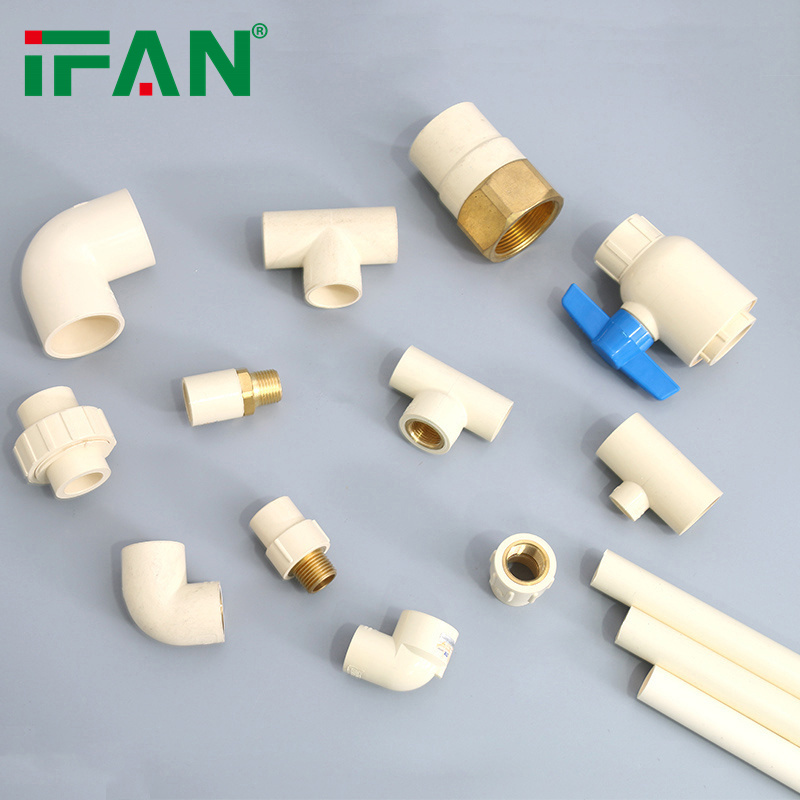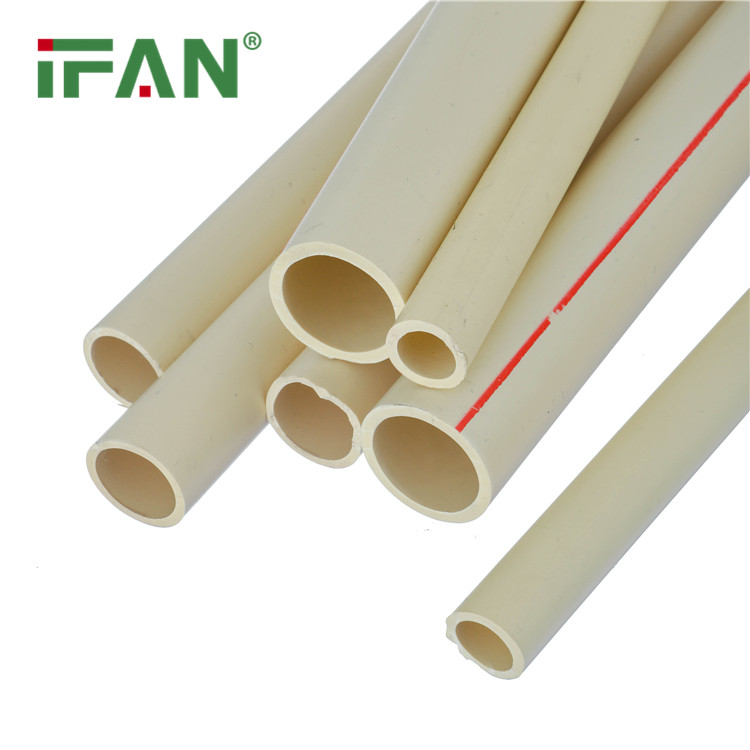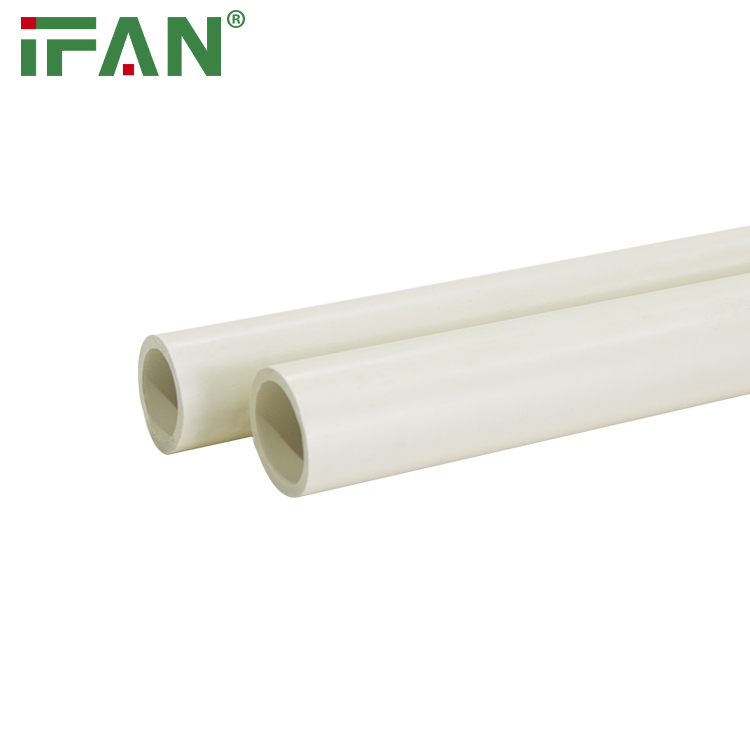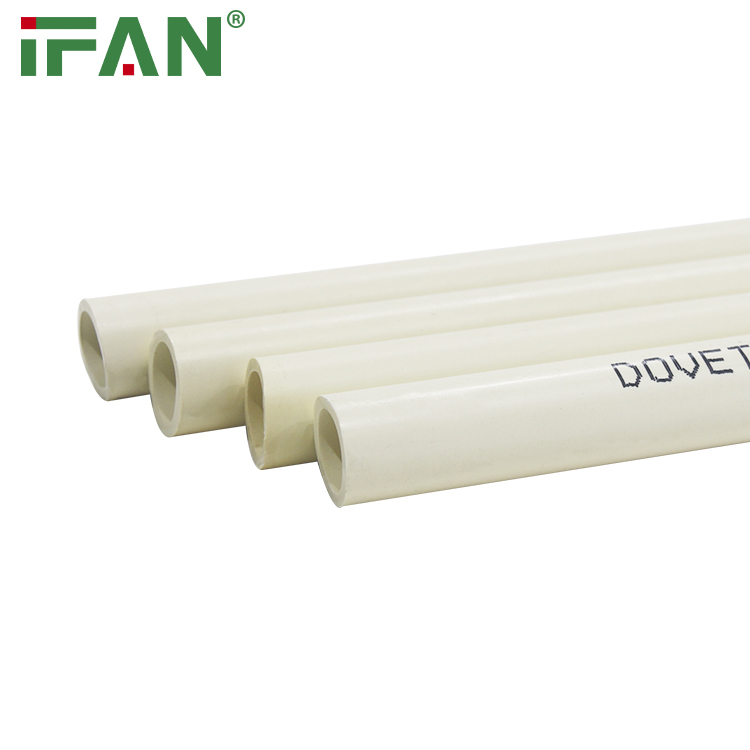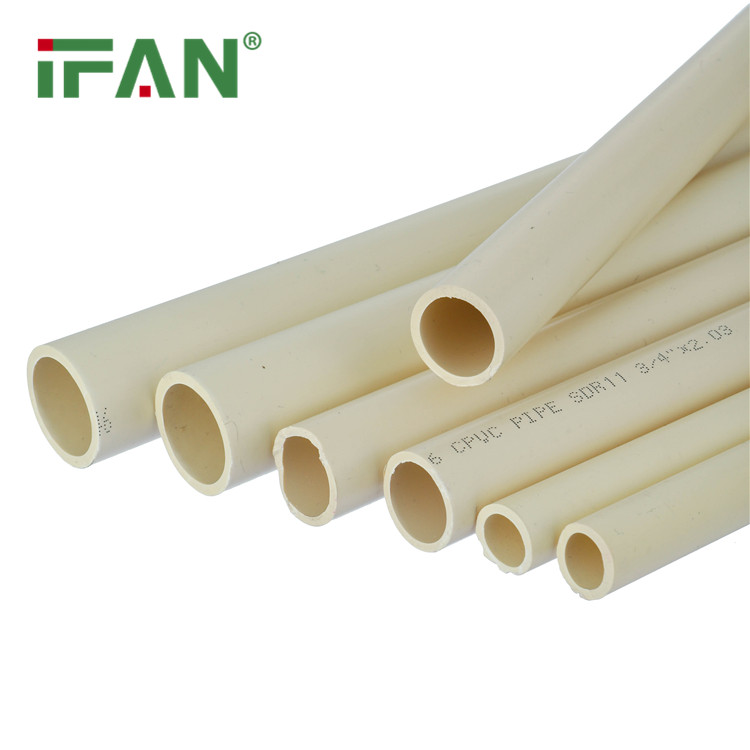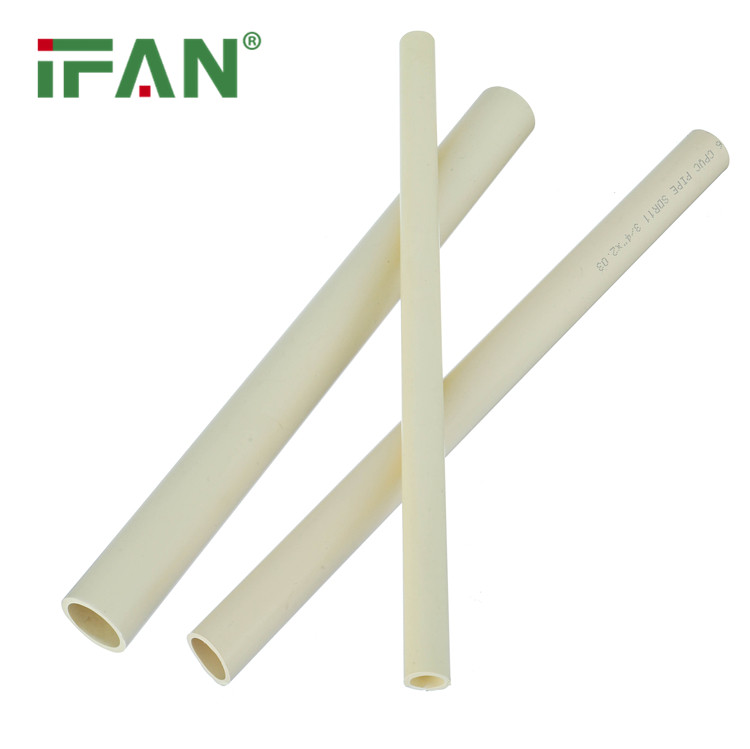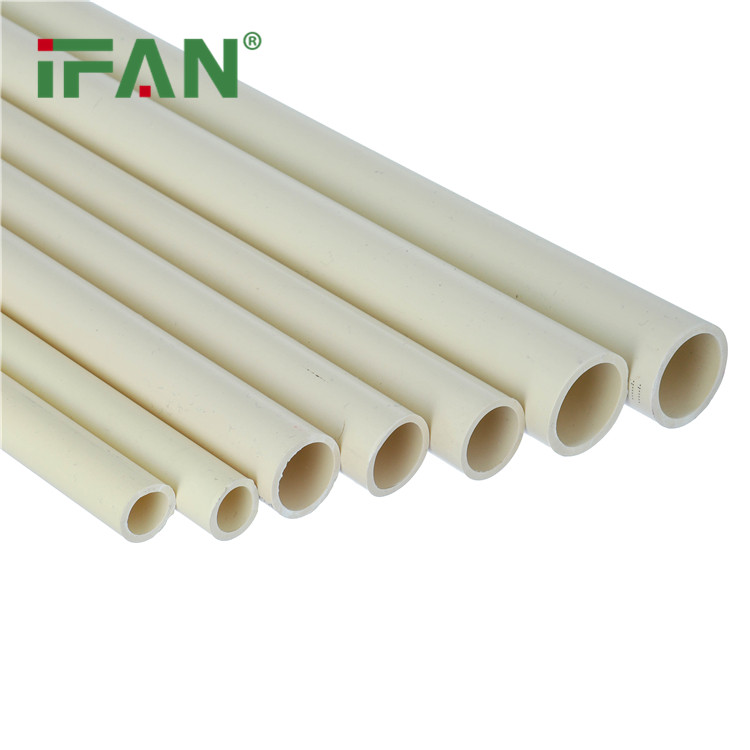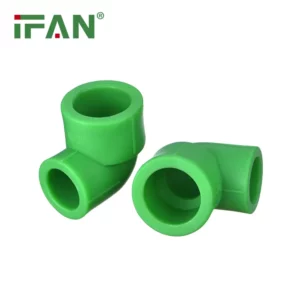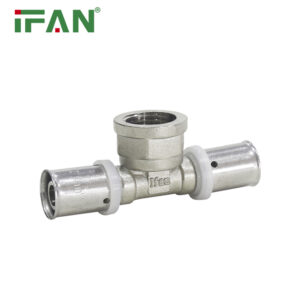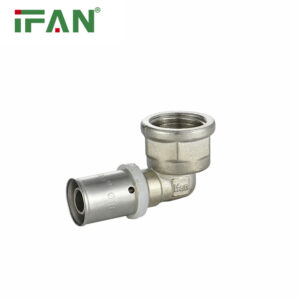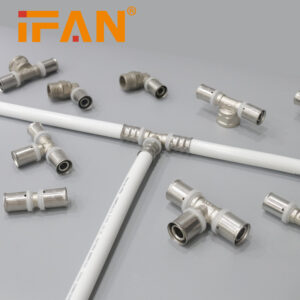Development Of CPVC
CPVC Was First Developed In The Late 1950s By The B.F. Goodrich Company, A Chemical Manufacturer Based In The United States. Goodrich Was Seeking A Material That Could Be Used In Hot Water Piping Applications, As Traditional Materials Such As Copper And Steel Were Prone To Corrosion And Scaling. CPVC Was Found To Be An Ideal Material For This Purpose, As It Was Highly Resistant To Heat And Corrosion.

Commercial Use Of CPVC
In The Early 1960s, Goodrich Began To Market Cpvc As A Replacement For Traditional Piping Materials. Its Initial Use Was In Commercial And Industrial Applications, Such As Chemical Processing Plants And Power Stations. CPVC Was Found To Be Highly Effective In These Applications, As It Could Resist High Temperatures And Harsh Chemicals.
In The 1970s, CPVC Began To Be Used In Residential Applications, Such As Hot Water Supply Lines And Sprinkler Systems. Its Resistance To Corrosion And Scaling Made It Ideal For These Applications, As It Could Withstand The High Temperatures And Pressures That Are Common In Hot Water Systems.

Advantages Of CPVC
CPVC Has Many Advantages Over Traditional Piping Materials. For One, It Is Highly Resistant To Corrosion And Scaling, Which Means That It Has A Long Lifespan And Requires Minimal Maintenance. CPVC Is Also Highly Resistant To Heat And Chemicals, Making It Ideal For A Range Of Industrial And Commercial Applications.
Additionally, CPVC Is Lighter Than Traditional Piping Materials Such As Copper And Steel, Which Makes It Easier To Install And Handle. This Is Especially Important In Commercial And Industrial Settings, Where Large Quantities Of Piping May Be Required. CPVC Is Also More Affordable Than Some Other Piping Materials, Such As Stainless Steel.

Recent Innovations In CPVC
In Recent Years, There Have Been Several Innovations In The Field Of CPVC. One Major Advancement Has Been The Development Of New Compounds That Are Even Stronger And More Heat-Resistant Than Traditional CPVC. These New Compounds Are Ideal For Applications Where Even Higher Temperatures And Pressures Are Required, Such As In The Oil And Gas Industry.
Another Innovation Has Been The Development Of CPVC Fittings That Are Designed To Improve The Ease And Speed Of Installation. These Fittings Are Designed To Be Easy To Use And Require Minimal Tools, Which Can Help To Save Time And Money On Installation Costs.

Overall, CPVC Has A Rich History That Has Seen It Evolve From A Relatively Obscure Polymer Into A Widely Used Piping Material. Its Development Was Driven By The Need For A Material That Could Withstand High Temperatures And Harsh Chemicals, And Its Success In These Applications Has Led To Its Widespread Use In A Range Of Industries. With Ongoing Innovations In The Field Of CPVC , It Is Likely That This Material Will Continue To Be A Popular Choice For Piping Applications For Many Years To Come.

Похожие товары
- Fittings-Фитинги
PPR Пластиковая переходная втулка 20 — 63 мм
- Brass Press Fittings Латунные Пресс-Фитинги
Тройной вдавленный внутренний зуб пекса
- Brass Press Fittings Латунные Пресс-Фитинги
Высококачественный внутризубчатый изгиб
- Brass Press Fittings Латунные Пресс-Фитинги
Пресс-фитинги для труб PEX
